Rewilding isn’t about recreating the past. It’s about shaping a better future
The ecology of the past is useful inspiration, but it shouldn’t be a blueprint for restoration. Here’s what to focus on instead.

In the arctic climate of northeastern Russia, a bold rewilding project is shaping the landscape. Pleistocene Park is looking to reverse the changes that occurred after herbivore numbers plummeted due to human hunting. The lack of grazers meant trees and shrubs were able to thrive, and the project aims to help grasses and herbs dominate once again.
This ambition raises fascinating questions about what rewilding is and what it seeks to achieve. Are we looking to recreate a past habitat, or to build something new? A return to past baselines may seem appealing, but this approach is philosophically flawed and sets an impossible goal.
Pleistocene Park is the creation of father and son scientists Sergey and Nikita Zimov. Despite the name, it isn’t a romantic attempt to bring back the past – it’s an attempt to secure our future in the face of the climate crisis. The park, currently an enclosed 20 square kilometres, is now home to herbivores such as horses, bison, moose, musk ox, reindeer and yaks, and their effect on the habitat should increase its ability to store carbon.
More fresh photos of animals in the park. pic.twitter.com/qyw0AAtanA
— Pleistocene Park (@PleistocenePark) February 8, 2022
Although some ecological functions that were present in the late Pleistocene era have been restored, the Zimovs haven’t created an exact replica of the steppe where mammoths once roamed – nor are they trying to. Pleistocene Park is intended to store carbon in a similar way to historical ecosystems, but it won’t be home to the same animals.
For a start, some of the original herbivore species are extinct, and the Zimovs must instead bring in replacements. Their horses, for instance, are rare, believed to have been bred from domestic horses brought to the region about 800 years ago. Although wild horses were once found in Siberia, the Zimovs’ Yakutian horses are not their direct descendants. The pair are even working with American scientists who hope to create a modern-day mammoth – not a Jurassic Park–style return of the original woolly giant, but a mammoth-elephant hybrid to help shape a new ecosystem.
Pleistocene Park is one example of how we can look forward, not backward, when it comes to rewilding projects. For one, attempts to recreate the past are doomed to failure. In addition, the belief that past ecosystems are somehow superior or “correct” has no logical basis.
Some people requested camels in the snow. I asked rangers to take more pictures. pic.twitter.com/VksZhzsUb1
— Pleistocene Park (@PleistocenePark) October 22, 2021
Change is the one constant in nature, so why would some past ecosystem be the way that nature “ought” to look? And how would we even begin to choose an optimal time period? It’s hard to think of a baseline that isn’t arbitrary, unless perhaps we choose one related to the absence of humans. However, this brings its own concerns.
Western conservation has a long history of removing people from their land, with a narrative of protecting ecosystems from the very people who had been managing them sustainably. Indigenous land management has been erased in our attempt to “put things back to the way they used to be,” as author Emma Marris explains. But why? Humans evolved as part of nature, and it is only a recent, Western worldview that sees a separation between people and everything else.
Pleistocene Park shows that rewilding can go hand in hand with a healthier relationship to the past. Rewilding isn’t about controlling exactly which species exist in an area or how big populations should be. It’s opening our minds to new possibilities, which might mean new species and new interactions.
Past ecosystems can reveal opportunities and offer insight into the benefits of (re)introducing certain species. But they are inspiration, not blueprints. By keeping this in mind, rewilding can allow people – in collaboration with the rest of nature – to shape a future where all life can thrive.
Rebecca Nesbit is the author of Tickets for the Ark, which tells stories of people and wildlife from around the world, drawing on science and environmental philosophy to tackle fundamental questions about what we should save.




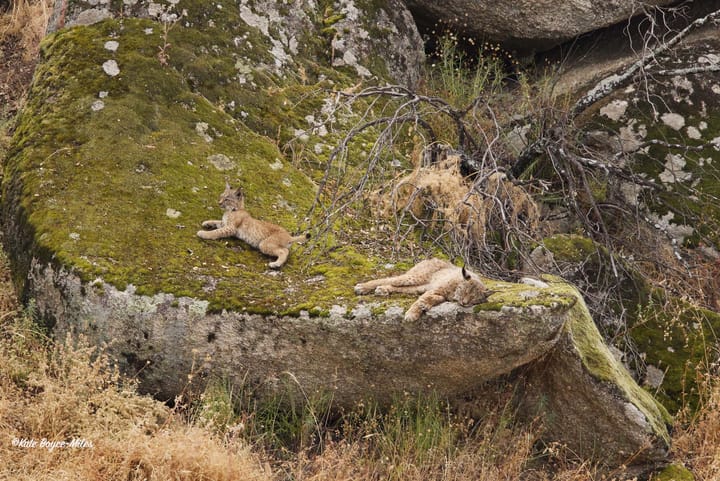
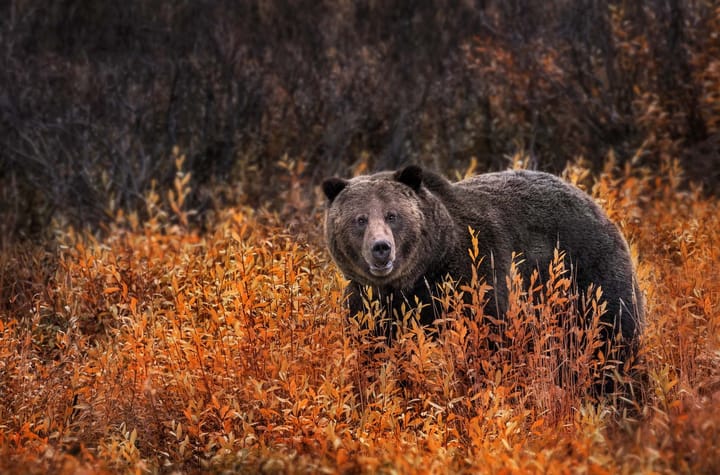
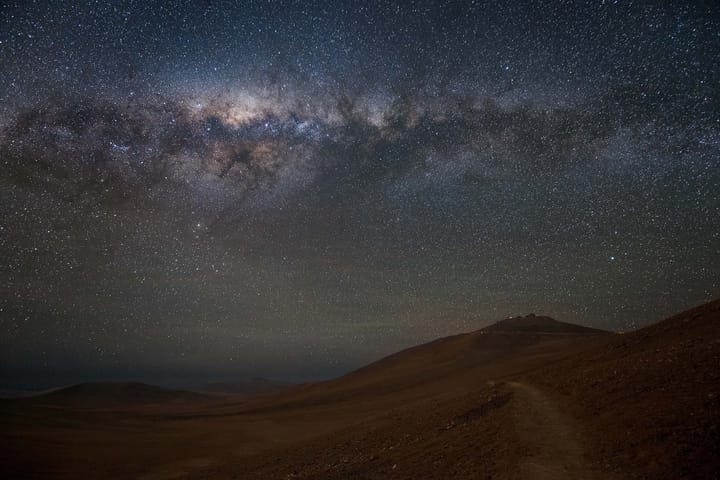

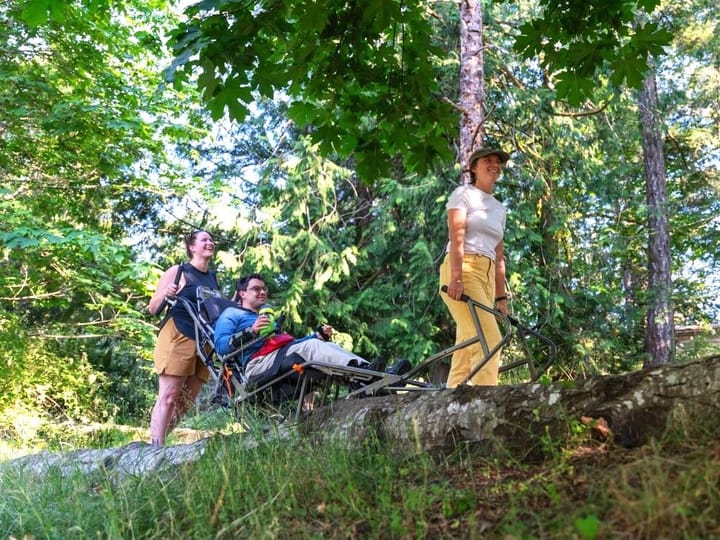

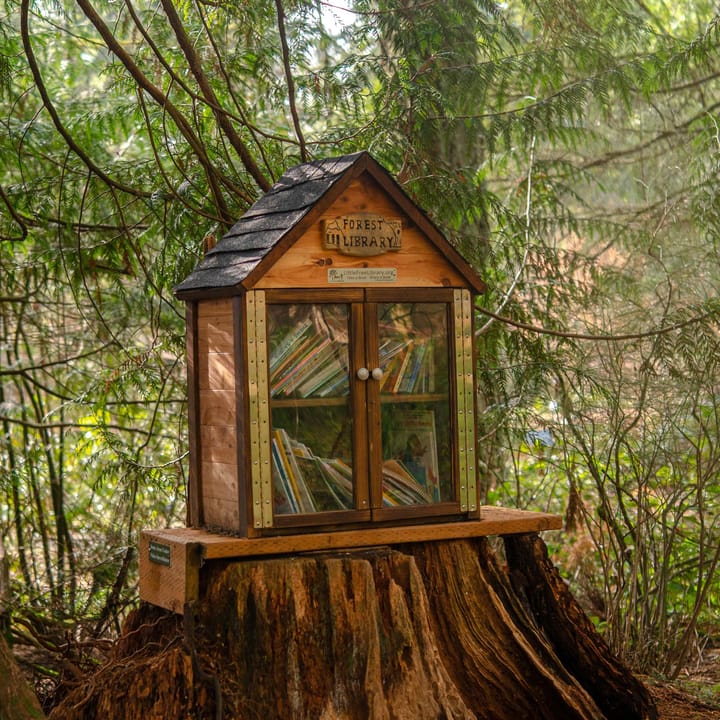
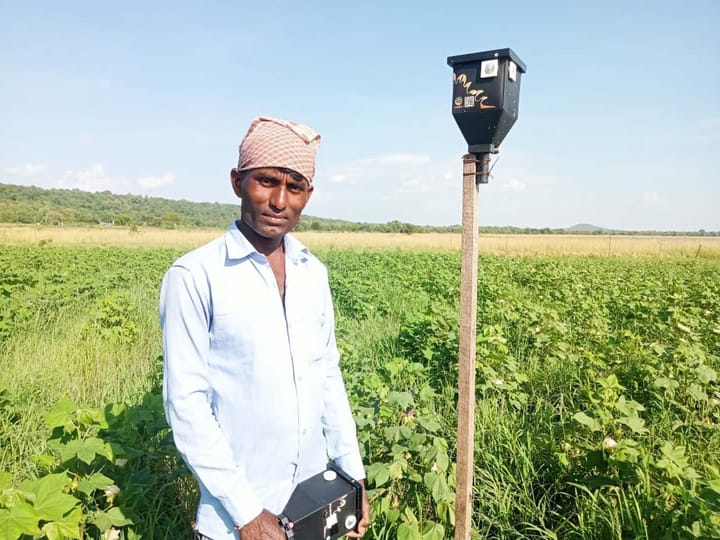
Comments ()